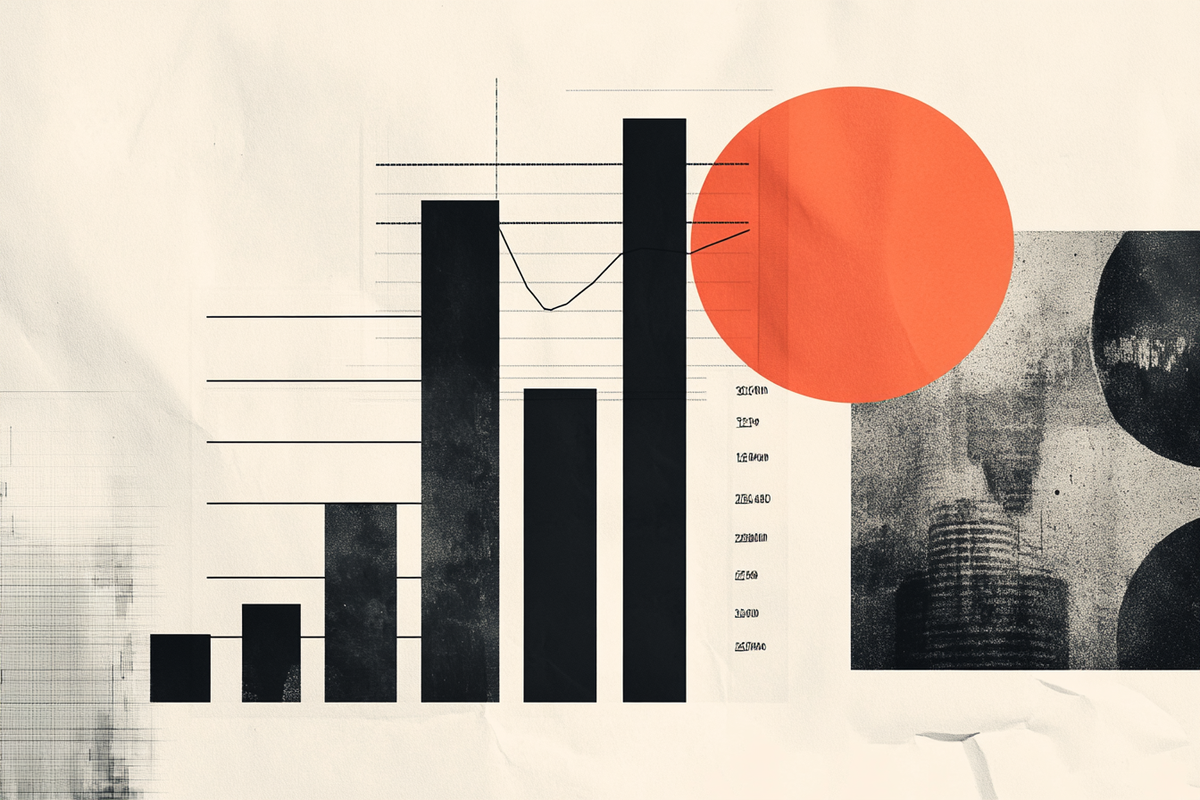A better measure

Summary
Headline GDP numbers this year are apt to be buffeted by trade wars, inventory trade-offs and geopolitical conflicts. It is precisely for times like these that alternate measures exist. We unpack them and what they say about underlying growth in the U.S. economy.
Final sales to private domestic purchasers (private domestic final purchases, PDFP) = Gross Domestic Product less Inventories, Net Exports and Government Spending
The case for looking beyond just GDP in 2025
According to the GDP numbers, the economy contracted in the first quarter and our forecast suggests that GDP growth is set to take off in the second quarter. Blame trade. A massive surge in imports in Q1 resulted in the largest drag from net exports on headline GDP growth in 80+ years. In April, the first month of the second quarter, goods imports fell by a titanic $60 billion, setting up trade to be a boost to growth in the second quarter.
In this report, we make the case that during times of extreme disruption (pandemics or trade wars, for example) it is prudent to take the GDP headline figure with a grain of salt and look instead to various cuts of underlying growth to better gauge the progress of the economy.
Count me out
Whether managing a business or an investment portfolio, most financially minded people see GDP as something akin to a report card for the economy, a way to cut through volatility in higher frequency economic reports and ultimately answer the most basic of questions: How is the economy doing?
Over a sufficiently long period of time, GDP lives up to that expectation. In the short run, however, it can offer a bit of a head fake. For a recent example, consider what happened in 2022. That year the Commerce Department published GDP estimates that showed the economy contracting in back-to-back quarters, just as we said it would in a preview report we wrote earlier that year. Subsequent revisions lifted the Q2 report from mild contraction to mild growth (+0.3%), but the broader point is that the economy was doing well despite this stutter step in GDP at the start of the year.
Flash-forward to today and while overall real GDP modestly contracted in the first quarter, underlying domestic demand was still relatively strong. The yardstick: real final sales to private domestic purchasers. This measure, as the name describes, is a narrower read of underlying private-sector domestic demand. As presented below, if you strip away inventories, net exports and government spending you’re left with household consumption and business spending, i.e., final sales to private domestic purchasers.
In reviewing economic developments at the start of the June post-monetary policy meeting press conference, Fed Chair Powell referenced this measure—which the Fed refers to as PDFP (private domestic final purchases)—as growing at a solid rate in Q1 despite net exports complicating the GDP measurement.
In Q1 this measure rose at a 2.5% annualized clip, which is just below its average run rate from last year and well above the pace of GDP growth which clocked in at -0.2% for the quarter. This tells us that underlying demand among consumers and businesses was actually fairly steady in the first quarter. As we look out over the course of this year, this measure should reveal a clearer read of current demand conditions.
So how are we doing?
Incoming data through May suggest underlying domestic demand held up through the second quarter. But while we look for overall GDP growth to rise north of a 3% annualized clip in Q2, it’s a collapse in imports and boost from net exports that would be behind that knock-out print. Real final sales to private domestic purchasers will come in weaker. Retail sales suggest a moderating pace of consumer spending, while manufacturing and orders data point to a stalling in capex. Overall household and business sentiment also remain depressed clouding the outlook.
We ultimately look for PDFP to contract in the second half of the year as tariff pressure bites and diminishes households' ability to purchase and businesses' desire to invest. Watch this measure in the quarters ahead for a cleaner read on how the domestic economy is doing.
Author

Wells Fargo Research Team
Wells Fargo






















